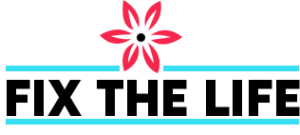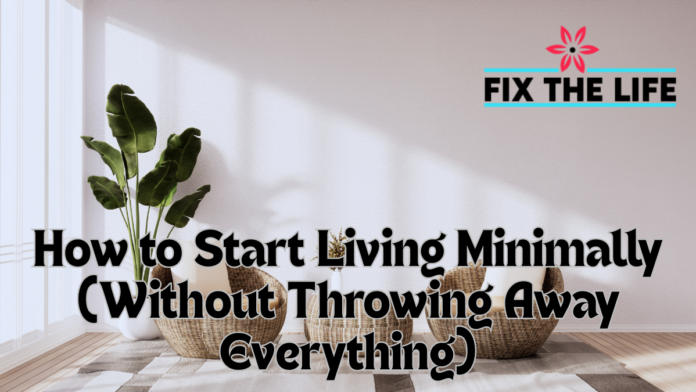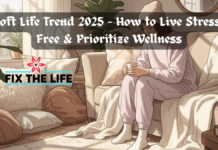When people hear the word minimalism, they often picture stark white rooms, empty countertops, and ruthless decluttering sprees. But the heart of minimalism isn’t about deprivation or tossing out everything you own. It’s about living intentionally — choosing what adds value to your life and letting go of what doesn’t.
If you’re curious about simplifying your lifestyle but dread the idea of getting rid of all your stuff, this beginner-friendly guide is for you. Here’s how to start a minimalist lifestyle without going extreme, along with practical simple living tips you can ease into at your own pace.
What Is Minimalism Really About?
At its core, minimalism is about intentionality. It’s choosing to fill your time, space, and mind with things that truly matter — whether that’s meaningful relationships, personal passions, or calming environments. Minimalism looks different for everyone, and it doesn’t require living with only 50 items or moving to a tiny home.
Example: You can be a minimalist with a shelf full of books if reading brings you joy, or own a well-stocked kitchen if cooking fulfills you. It’s not about quantity; it’s about purpose.
1. Start by Defining Your “Why”
Before making any changes, get clear on why you want to simplify. Are you overwhelmed by clutter? Tired of overspending? Craving more free time? Your reasons will guide your choices and keep you motivated.
Pro Tip: Write your intentions down in a journal or notes app. Revisit them when decision fatigue creeps in.
2. Declutter Slowly and Intentionally
You don’t have to throw out half your belongings overnight. Instead, choose one small category or area to simplify each week — like your bathroom drawer, your inbox, or your car’s glove compartment.
Beginner Minimalism Guide Tip: Use the “one in, one out” rule. Whenever you buy something new, donate or recycle one existing item. It keeps clutter in check without harsh purging.
3. Focus on Quality Over Quantity
Minimalism encourages owning fewer things but better ones. That means investing in items that last, that you truly love, or that serve multiple purposes.
Example: Instead of buying five trendy jackets you rarely wear, invest in one well-made coat that fits beautifully and works for most occasions.
4. Practice Mindful Consumption
One of the simplest simple living tips is learning to pause before making purchases. Ask yourself:
- Do I need this?
- Does this add value to my life?
- Can I borrow, repurpose, or use what I already have?
Even just a 24-hour delay before impulse purchases can dramatically reduce clutter and unnecessary spending.
5. Minimize Digital Clutter Too
Minimalism isn’t just about physical stuff — your digital space deserves attention too. Cluttered inboxes, endless photo albums, and countless unused apps create mental noise.
Simple Tip: Set aside 10 minutes daily to delete old emails, unsubscribe from newsletters, or organize your desktop. Small actions lead to big mental clarity.
6. Prioritize Experiences Over Possessions
Minimalists often shift their focus from owning things to creating memories. Experiences bring more lasting happiness than material items.
Example: Instead of buying home décor you don’t need, use that money to take a day trip, enroll in a pottery class, or treat a friend to coffee.
FAQ
Q1: Do I have to get rid of everything to start minimalism?
A: Not at all. Minimalism is about keeping what adds value to your life, whether that’s practical, emotional, or sentimental.
Q2: What’s the easiest way to start a minimalist lifestyle?
A: Begin small. Declutter one area at a time, and practice mindful shopping habits. Focus on one habit or space each week.
Q3: Can minimalism save money?
A: Yes — buying less, shopping intentionally, and valuing experiences over possessions often leads to significant financial savings over time.
Q4: Is minimalism the same for everyone?
A: No. Your version of minimalism should reflect your priorities, interests, and lifestyle. It’s about what works for you, not following strict rules.
Q5: How do I maintain minimalism after decluttering?
A: Adopt mindful consumption habits, embrace the “one in, one out” rule, and routinely check in with your goals and values.
Final Thoughts
Minimalism isn’t about stripping life down to nothing — it’s about clearing away what distracts you so you can focus on what matters most. Use these beginner-friendly ideas to start a minimalist lifestyle gently, intentionally, and in a way that honors your personality, values, and needs. Simple living isn’t about less for the sake of less — it’s about making room for what really counts.




